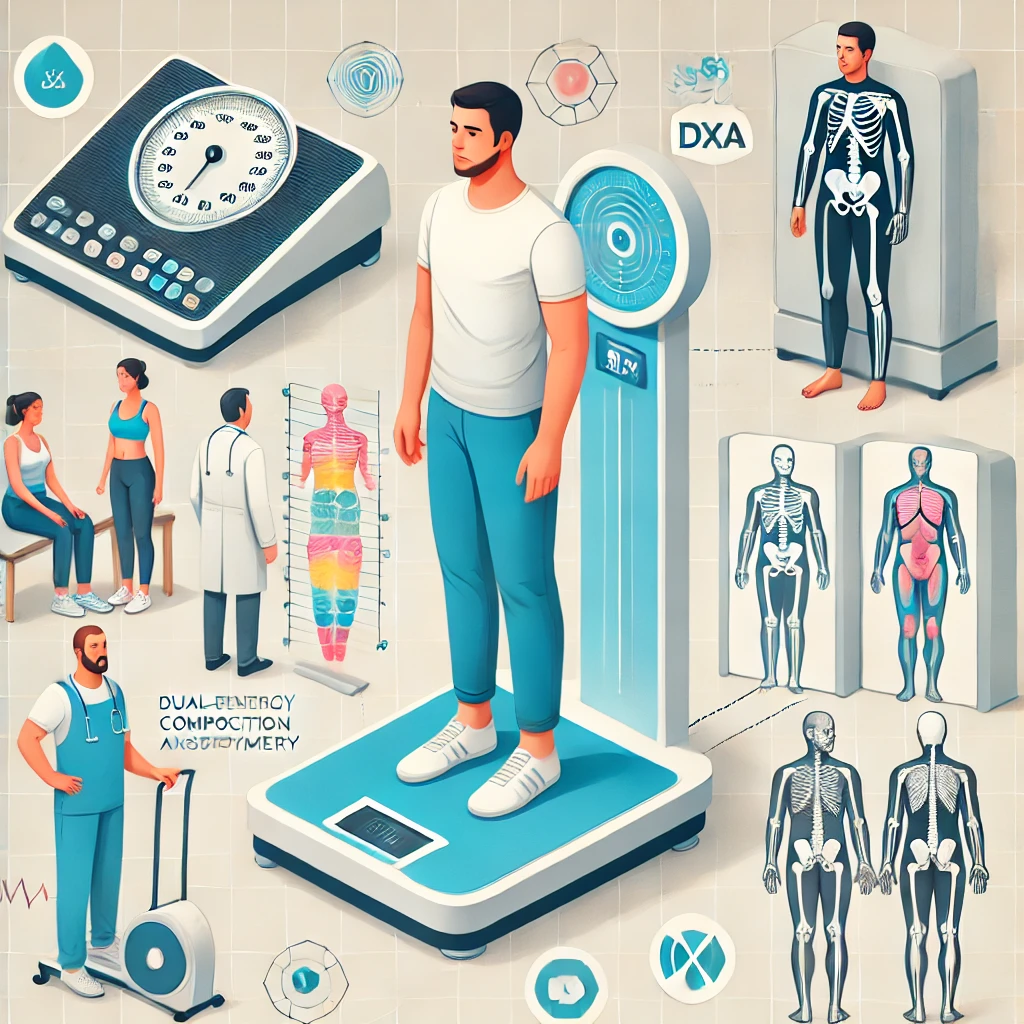Understanding the Limitations of BMI in Measuring Weight
Weight, Body Mass Index (BMI) is widely recognized for measuring and evaluating obesity. However, it is not without its limitations. BMI is a convenient screening tool but has limitations. It does not provide a complete… Understanding the Limitations of BMI in Measuring Weight
